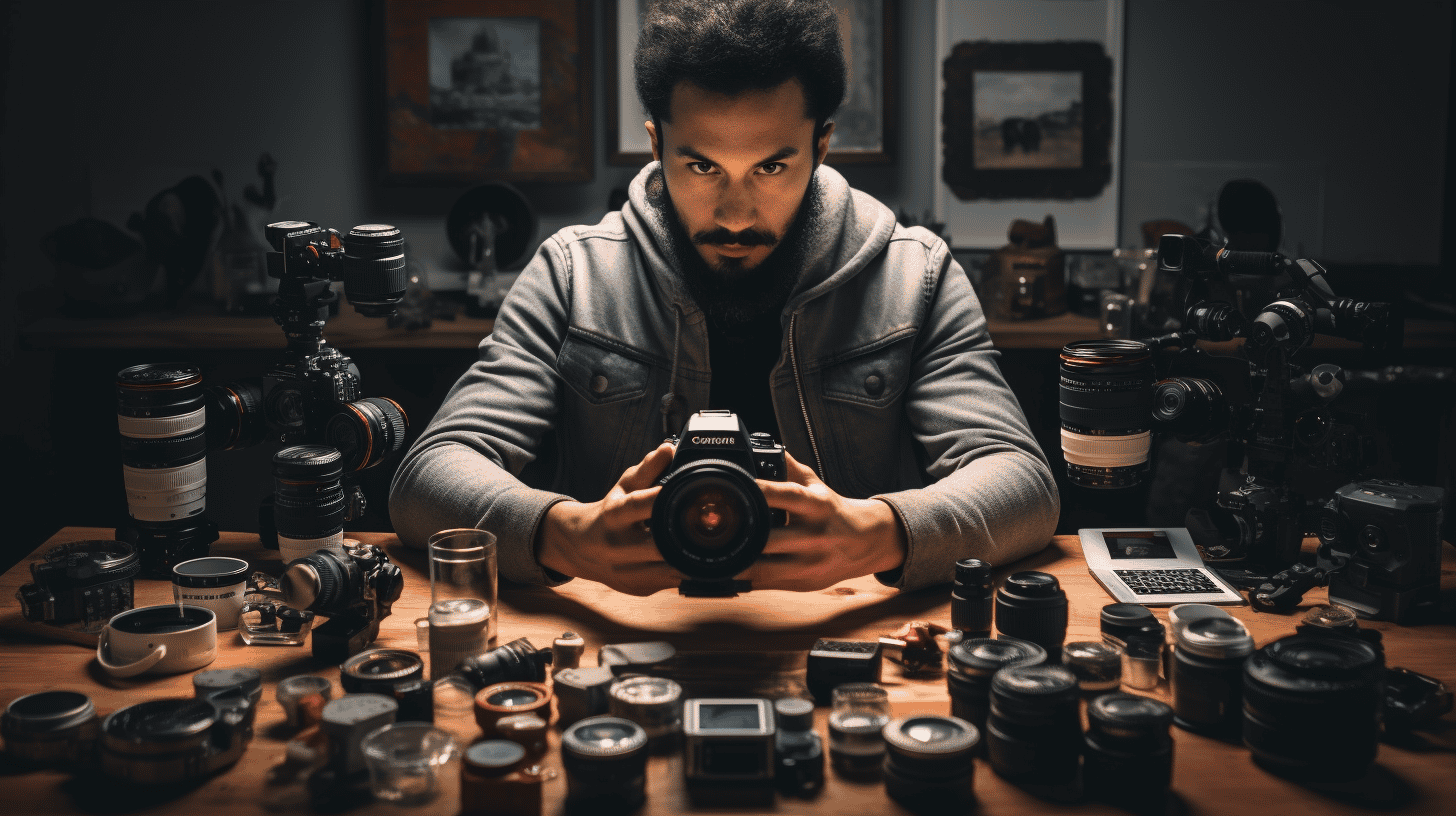Photography is a powerful visual storytelling medium that captures moments, preserves memories, and conveys emotions. Fashion photography, in particular, is a genre of photography that focuses on showcasing clothing, accessories, and various style trends. With time, fashion photography has evolved into a more vibrant and diverse form, and it’s essential for photographers to keep their creativity flowing and to bring fresh perspectives to their work.
In this article, we’ll explore the different elements that can give a fresh perspective in fashion photography, share some creative ideas, and discuss how to elevate your photographic skills.
Table of Contents
- Fundamentals to Remember
- Trends in Fashion Photography
- Beyond the Basics: Advanced Techniques
- Masterful Edits and Post-Processing
- Gearing Up: Essential Accessories
- Embracing Challenges and Setbacks
- Final Thoughts
1. Fundamentals to Remember
Let’s begin by refreshing our grasp on the fundamentals of photography, particularly in the context of fashion. These principles will help you lay the groundwork for your shoots and ensure your results look professional and engaging.
1.1. Lighting
Lighting plays a critical role in fashion photography. Understanding how to manipulate natural and artificial light effectively can make a world of difference in the overall appearance of your images. Remember to experiment with light intensity, direction, and quality to create various moods and styles.
1.2. Composition
Composition refers to how you arrange the elements within your frame, including your subject, clothing, and background. Excellent composition is essential in fashion photography, as it greatly contributes to the visual appeal of your images. Be mindful of photographic composition techniques, such as the Rule of Thirds, to create images that leave a lasting impression.
2. Trends in Fashion Photography
Remaining up-to-date with the latest trends in fashion photography can inspire you and inject new energy into your work. Current trends may impact stylistic choices, editing techniques, and the overall theme and concept of your photoshoots.
2.1. Environmental Portraiture
Environmental portraiture is a trend where the background of the image is used to help convey the story behind the subject and clothing. This technique adds context and depth to your images, while also capturing the viewer’s attention.
2.2. Inclusive Fashion
In the world of fashion, diversity and inclusivity are now more important than ever. Embracing models of various body types, ethnicities, and backgrounds will make your fashion photography more contemporary and relevant.
3. Beyond the Basics: Advanced Techniques
To level up your fashion photography, you may want to explore advanced techniques that can give your images a distinct look and feel. These methods may require more technical expertise, but they can undoubtedly set your work apart from the rest.
3.1. Shooting Through Objects
Using objects such as prisms, mirrors, or even other lenses can create unique and compelling effects in your fashion photographs. Experiment with different items to find the one that gives your images a creative spin.
3.2. Long Exposure
Long exposures have been widely used in landscape photography, but it can also add an interesting layer to fashion photography. Utilizing slow shutter speeds allows you to capture the movement of fabric or create surreal atmospheres in your images.
4. Masterful Edits and Post-Processing
After capturing your images, post-processing is the next crucial step in creating stunning fashion photographs. Adobe Lightroom and Photoshop are popular editing tools that offer a wide range of features to enhance your images and achieve your desired look.
4.1. Color Grading
Color grading is an essential part of post-processing, as it can help you set the mood and tone of your images. Manipulating colors, saturation, and hues can ensure your photographs look cohesive and visually appealing.
4.2. Retouching
Retouching is an important aspect of fashion photography that allows you to perfect the appearance of your subjects and garments. Through retouching, you can refine skin texture, remove blemishes, adjust makeup, and make other essential tweaks to your images.
5. Gearing Up: Essential Accessories
Investing in the right equipment can enhance the quality of your fashion photographs and give you more flexibility during your shoots.
– Lenses: A 50mm or 85mm prime lens is ideal for fashion photography, as they provide excellent sharpness and beautiful depth of field.
– Lighting: Portable speedlights or strobes are useful tools for creating well-lit images in various settings.
– Reflectors: A set of lightweight reflectors can help you balance your lighting and reduce unwanted shadows.
6. Embracing Challenges and Setbacks
As with any creative endeavor, you’re bound to face challenges and setbacks in fashion photography. Embrace these difficulties and use them to grow and improve as a photographer. From failed photoshoots to technical glitches, there is always an opportunity to learn and hone your skills for future projects.
7. Final Thoughts
A fresh perspective in fashion photography is vital for creating exciting and engaging work that stands out in the crowded landscape. By understanding the fundamentals, experimenting with advanced techniques, embracing challenges, and continually learning and adapting to new trends, you’ll undoubtedly produce masterful and breathtaking photographs that tell captivating stories. Stay inspired and keep pushing the boundaries of what’s possible in fashion photography.

0 Comments